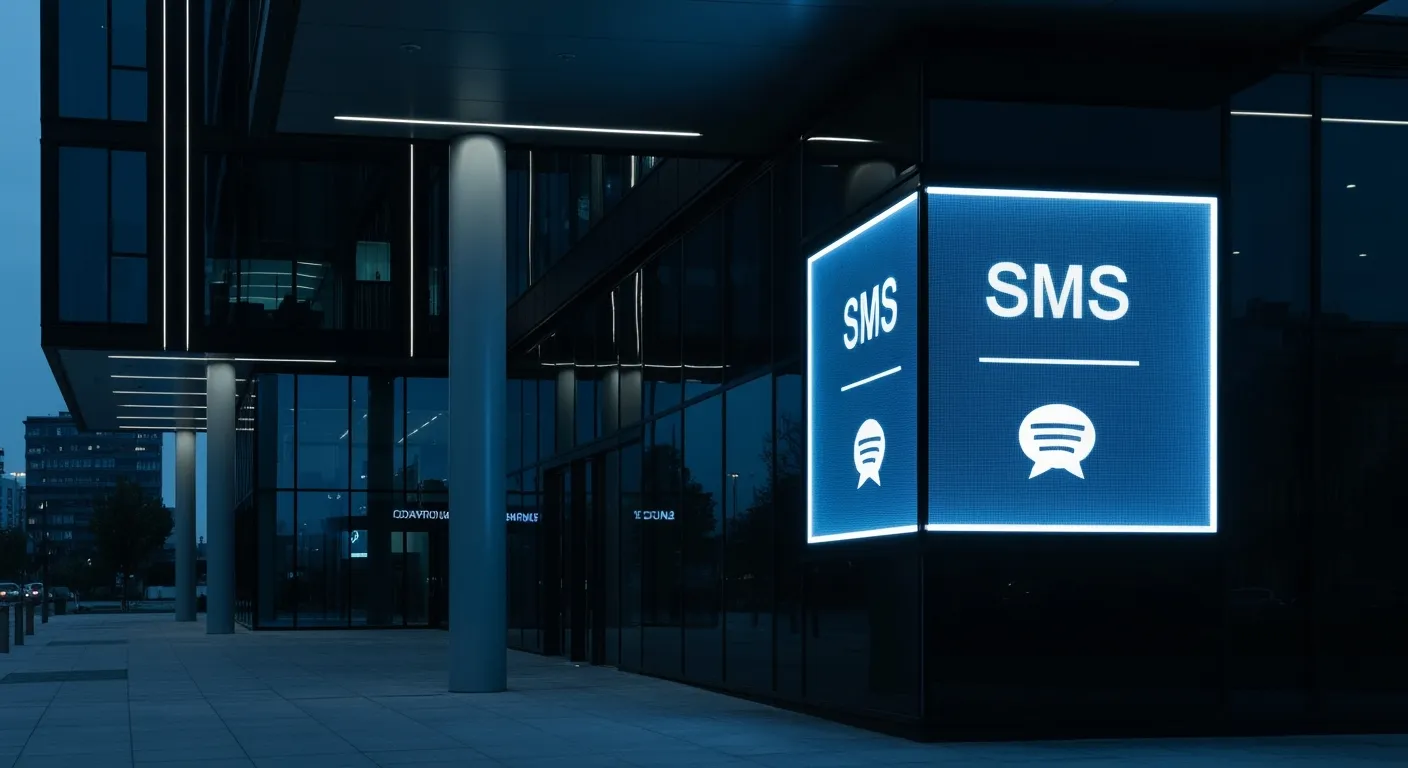The Power of SMS in Managing Big Events
Large events come with complex challenges, from coordinating thousands of attendees to ensuring their safety and engagement. The integration of SMS technology has emerged as a game-changer, providing event organizers with a robust, direct communication tool to streamline RSVPs, promote events, manage crowds, and enhance safety protocols. This article explores how SMS can be leveraged to master the art of crowd control and efficient RSVP handling, ensuring seamless and secure big event experiences.
Optimizing RSVP Management Through SMS Technology

Managing event RSVPs efficiently is crucial for accurate planning and exceeding attendee expectations. Leveraging SMS technology offers an effective way to streamline this process through strategic communication and automation.
Strategies for SMS RSVP management involve sending inviting, straightforward messages that include clear instructions and response options. Messages should be personalized and segmented to target specific attendee groups, increasing relevance and response probability. For example, tailoring messages based on guest preferences or past behavior fosters engagement. See Event Text Messaging Strategies and SMS RSVP management.
Automation of RSVP collection plays a vital role. Using dedicated SMS platforms allows event organizers to automate the sending of RSVP requests, reminders, and confirmations. When attendees reply, responses are tracked in real time, enabling organizers to quickly update attendee lists and manage capacity. Refer to How to send RSVP text and Automate RSVP Messages.
Personalization and segmentation in SMS enhance response rates and attendee satisfaction. Personalized messages addressing guests by name and segmenting lists based on demographics or ticket type create a more engaging experience. This approach also facilitates targeted follow-ups, such as reminding non-responders or confirming special requests. Learn more in Personalize RSVP Messages and Attendee segmentation via SMS.
Reducing no-shows with SMS reminders is another advantage. Automated reminders sent a day or a few hours before the event prompt attendees to confirm their attendance, significantly decreasing last-minute cancellations. For best practices, see SMS reminders for events and Automated SMS reminders.
Clear and concise SMS invitations ensure recipients understand the event details and response options instantly. Including essential information like date, time, venue, and a straightforward call-to-action, such as reply YES or NO, simplifies the response process. Examples and tips are available in Examples of RSVP replies and Craft RSVP Messages.
Integrating SMS RSVP with event management systems enhances workflows by syncing attendee data across platforms. This integration allows for efficient updates, analytics tracking, and seamless coordination with other marketing or operational tools. Explore integration benefits in Integrating SMS into CRM and Real-time event dashboards.
In summary, combining targeted messaging, automation, personalization, and system integration elevates RSVP management. It increases response accuracy, reduces manual effort, and ultimately contributes to a successful event experience. Implementing these practices using trusted SMS solutions ensures a smooth and engaging RSVP process that keeps attendees informed and involved from invitation to event day.
Maximizing Event Promotion and Engagement with SMS

How can SMS be utilized for event promotion, reminders, and increasing attendee engagement?
SMS messaging has become a vital component of successful event marketing due to its direct and immediate nature. With an impressive open rate of 98% and most messages being read within three minutes, SMS allows organizers to deliver timely and relevant information when it matters most. This immediacy makes it particularly effective for creating buzz before the event through invitations, early-bird promos, and countdown reminders (Event Text Messaging Strategies, Effective Event SMS Strategies, 3 strategies for engaging event guests with text messages).
During the event, SMS can be used to provide real-time updates, such as schedule changes, venue directions, or emergency alerts. These quick notifications help maintain attendee safety and satisfaction by keeping everyone informed and engaged (Event text messaging overview, Real-time event updates via SMS, SMS messaging for events). Interactive features, like polls, surveys, or two-way messaging, invite guests to participate actively, whether through feedback or answering trivia questions, thus boosting interaction (Collecting Event Feedback with SMS Surveys, Collecting post-event feedback via SMS surveys).
Post-event, SMS remains impactful by soliciting feedback via surveys, offering exclusive future discounts, or inviting attendees to join loyalty programs. Personalization further enhances these efforts; segmentation of contact lists enables tailored messaging, addressing guests by name or sharing content based on their preferences or past behavior. This customization fosters a sense of exclusivity and relevance (Attendee segmentation via SMS, Personalized SMS Engagement, SMS attendee contact import).
Tracking metrics such as delivery rates, response rates, and engagement levels enables organizers to measure campaign success and optimize future strategies. Automated scheduling and compliance with regulations—like providing opt-out options—ensure sustained trust and effectiveness (Scheduling and automating event texts, Automate RSVP Messages, SMS campaign analytics). Ultimately, integrating SMS into a holistic marketing plan amplifies attendee enthusiasm, boosts attendance, and elevates the overall event experience (Increasing event attendance with SMS, Boosting Ticket Sales with SMS).
Essential Features of SMS-Based Event Management Systems
Event management has greatly benefited from specialized SMS solutions that streamline communication, boost engagement, and improve overall efficiency. One of the fundamental features is automation and scheduling. These tools enable organizers to send timely reminders, RSVP requests, and last-minute updates automatically, reducing manual workload while ensuring vital information reaches attendees promptly (Event text messaging strategies, Event text messaging overview, Automating event communication with SMS).
Real-time analytics and response tracking are crucial to monitor how recipients interact with messages. Organizers can see delivery rates, read confirmations, and response behaviors instantly—allowing for quick adjustments to communication strategies and better understanding of attendee engagement (Real-time event updates via SMS, SMS messaging analytics).
Bulk messaging combined with segmentation allows for targeted outreach. Organizers can send personalized messages based on attendee data, such as VIP notifications, special offers, or session reminders. This targeted approach increases relevance and response rates, making communication more effective (Attendee segmentation via SMS, SMS audience segmentation).
Integration with event platforms and APIs, like Messente, creates a seamless workflow. These integrations enable automation, synchronize attendee information, and facilitate a unified communication experience across multiple channels, enhancing data accuracy and operational agility (Messente SMS API for events, Integrating SMS with event management platforms).
Customizable messaging templates support consistency and timeliness. Event organizers can pre-design messages for different stages—invitation, confirmation, updates, and feedback—ensuring professionalism and clarity while saving time on repetitive tasks (Event SMS message templates, Common SMS templates for events).
Finally, interactive and multimedia SMS functions, such as images, links, and poll features, make communications more engaging. Attendees can access detailed schedules, maps, or participate in quick surveys via MMS, enriching their experience and boosting overall event participation (Including links and attachments in event texts, Using MMS in event communications).
In summary, top tools of SMS platforms for event management include automation, analytics, segmentation, API integration, templates, and multimedia support. These features work together to streamline communication, engage attendees personally, and provide insights that drive successful event execution (Benefits of Event Text Messaging, Using SMS for event communication).
Implementing SMS Communication: Guidelines for Event Organizers
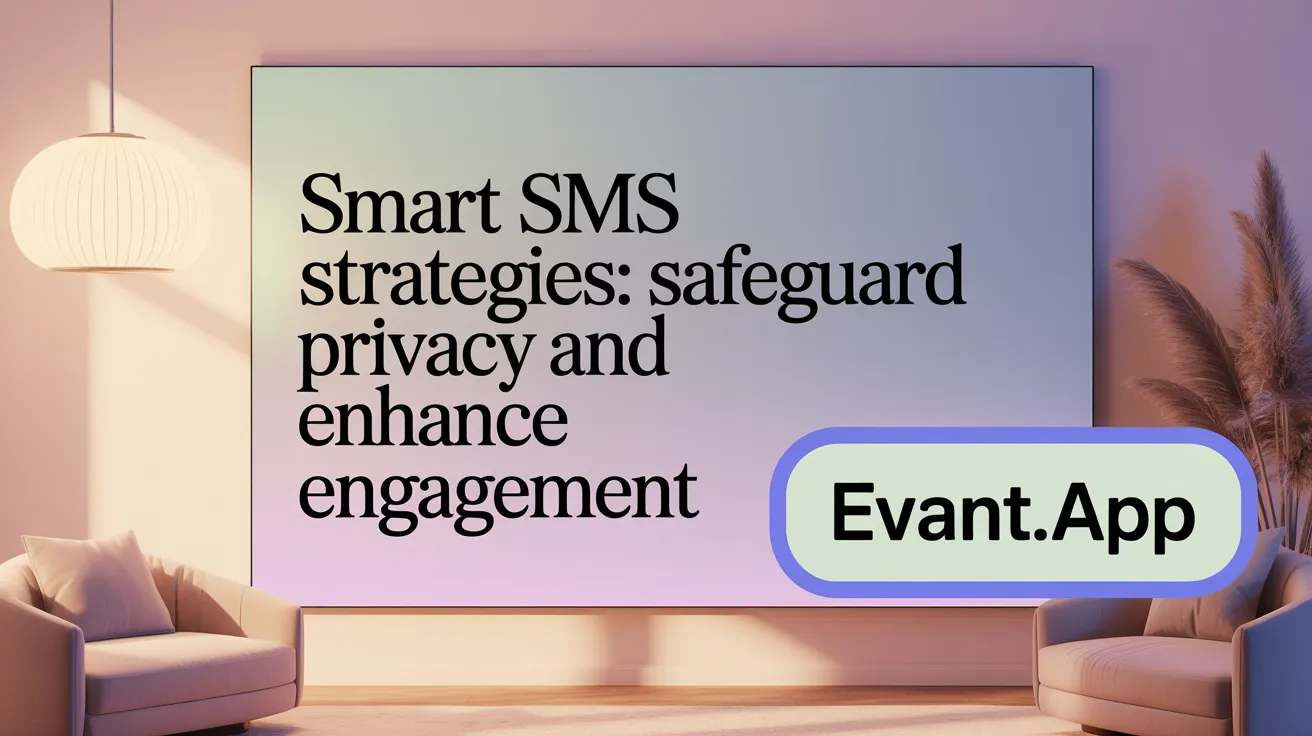
What guidelines should event organizers follow when implementing SMS communication?
When integrating SMS communication into event management, organizers must prioritize compliance and relevance. The first step is obtaining explicit consent from attendees, ensuring adherence to privacy regulations such as the Telephone Consumer Protection Act (TCPA). This not only safeguards the organization legally but also builds trust with participants (Event Text Messaging Overview).
Effective audience segmentation plays a significant role in crafting targeted messages. By dividing contacts based on their interests, engagement level, or behavior, organizers can send tailored notifications—such as reminders, special offers, or logistical updates—that resonate more strongly with recipients (Event Text Messaging Strategies).
Timeliness and clarity in messaging are crucial. Messages should include essential details like event date, time, location, and clear calls to action (e.g., RSVP link, survey link). Keeping messages concise helps prevent information overload and enhances readability (Effective Event SMS Strategies).
Personalization elevates the attendee experience. Using recipient names and referencing past interactions or preferences can greatly increase response rates and engagement. Automated platforms and SMS APIs facilitate this personalization effortlessly (SMS marketing effectiveness for events).
To maximize efficiency and response, scheduling messages at appropriate times—avoiding early mornings or late nights—is recommended. Automation not only ensures timely delivery but also frees up resources for other planning aspects (Scheduling and automating event texts).
Tracking performance metrics such as delivery rates, open rates, response rates, and click-through rates is vital. Analyzing these data points allows organizers to refine future campaigns, ensuring continual improvement (SMS campaign analytics).
Finally, integration across the entire event lifecycle—pre-event promotions, real-time updates during the event, and post-event feedback—is essential. This seamless communication flow keeps attendees engaged, informed, and satisfied, ultimately contributing to a successful event outcome (Using SMS for event communication).
Implementing these best practices in SMS communication ensures a respectful, engaging, and efficient connection with attendees—driving higher participation, satisfaction, and event success (Event text messaging overview).
Integrating SMS Into Event Planning Workflows for Efficiency
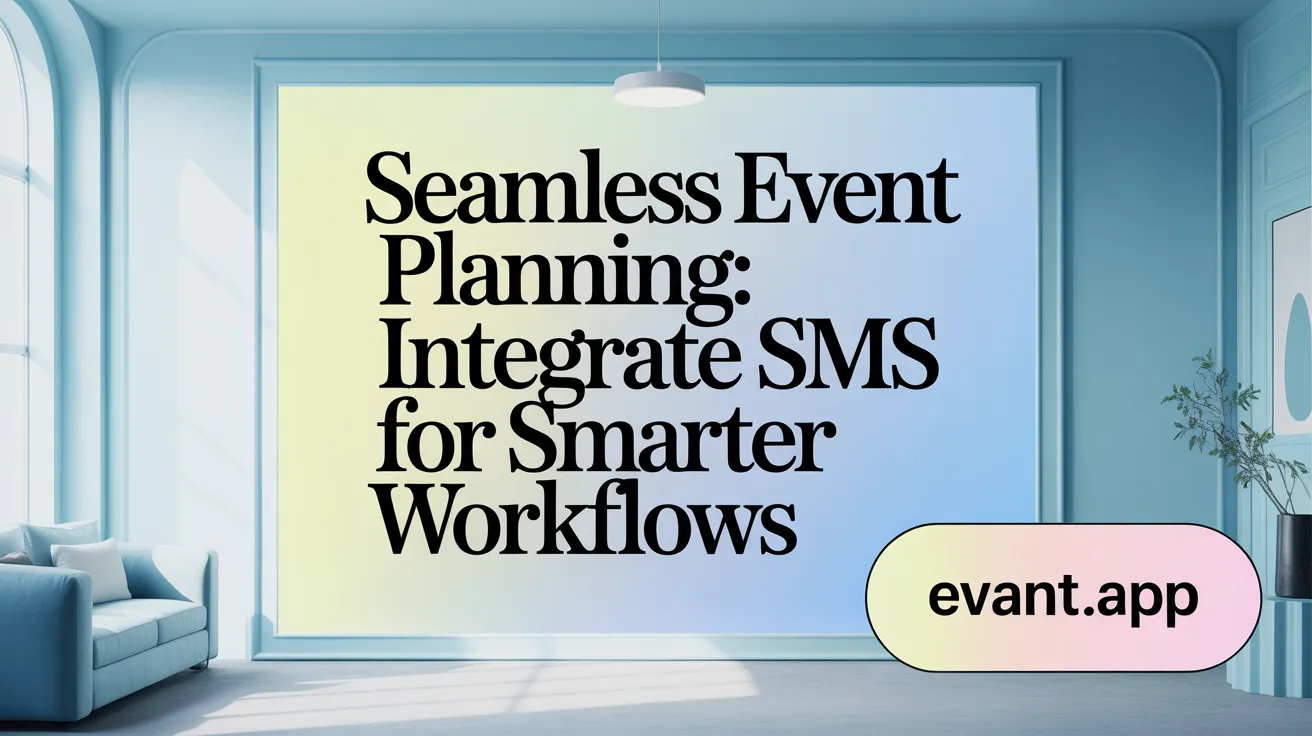
Implementing SMS communication into event planning workflows can significantly streamline operations and improve attendee engagement. One of the best practices is to establish automated workflows and triggers that send messages based on specific actions, such as when a guest registers, cancels, or approaches a deadline. These automated sequences eliminate manual follow-up and ensure timely updates for all involved (Event Text Messaging Strategies, Automating event promotions with texting APIs, Scheduling and automating event texts).
Synchronization with registration systems is vital. Linking your SMS platform with event registration or scheduling software allows for accurate, real-time data exchange. This integration ensures that messages like confirmations, reminders, and last-minute updates are sent to the right individuals without duplication or error (SMS marketing effectiveness for events, Real-time event dashboards, Integrating SMS with event management platforms).
Personalization and timing also play crucial roles. Tailoring messages with the attendee's name, preferences, or event-specific details creates a more engaging experience. Sending reminders just hours or days before the event encourages attendance and reduces no-shows, while follow-up messages after the event can gather feedback (Personalized attendee engagement, SMS attendee segmentation, SMS reminders for events).
Ongoing monitoring and optimization are necessary for sustained success. Regularly reviewing metrics such as delivery rates, response rates, and click-through data helps identify areas for improvement. Testing different message formats and timings ensures campaigns become more effective over time (SMS campaign analytics, Tracking SMS Campaign Performance, Improving RSVP response rates).
Finally, staff training on SMS management is essential. Equipping your team with knowledge about how to handle responses, troubleshoot issues, and interpret engagement data maximizes the potential of your SMS campaigns. Well-trained staff can swiftly act on attendee inquiries or problems, maintaining smooth communication and a positive attendee experience (Staff training in crowd management, RSVP Messaging Best Practices, RSVP etiquette guidelines).
In summary, integrating SMS into your event planning workflows involves automation, system synchronization, personalized messaging, continuous optimization, and staff preparedness. This comprehensive approach leads to efficient operations, increased attendance, and enhanced attendee satisfaction (Benefits of SMS for events, Boosting event registration with SMS, Enhancing attendee experience through SMS).
Proactive Crowd Management and Safety Tactics for Large Events
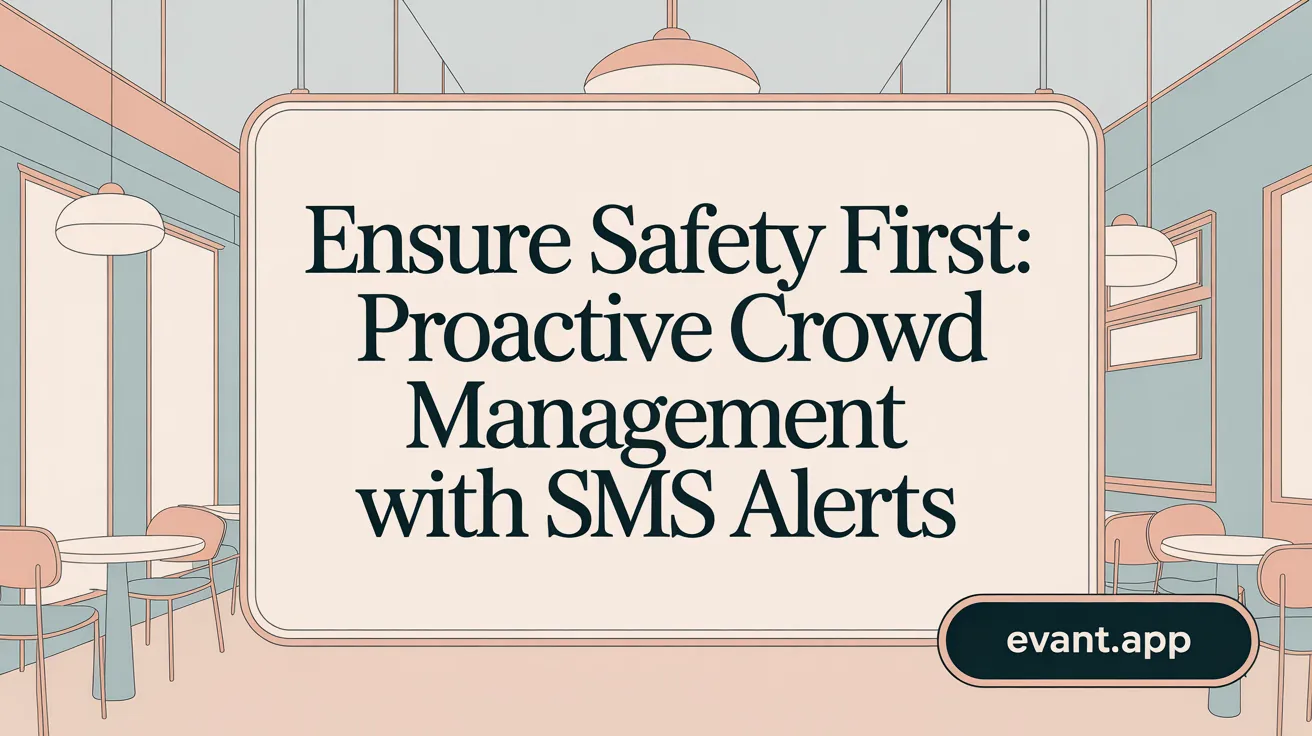
What are effective crowd management tactics for ensuring safety at large events?
Successfully managing crowd safety at large gatherings involves a multi-faceted strategy that combines planning, technology, personnel, and education. One of the most effective approaches is implementing comprehensive crowd control planning before the event. This includes conducting detailed risk assessments to identify potential hazards related to the venue, crowd size, and event type.
Physical tools such as barricades, fencing, and turnstiles help organize the flow of people and prevent overcrowding or surge points. Clear signage and well-designed navigation aids reduce confusion and guide attendees smoothly throughout the venue. These early planning measures are coupled with employing trained security personnel who are positioned strategically to manage entry points, monitor crowd behavior, and respond swiftly to incidents.
Technological solutions further support safety efforts. Real-time monitoring systems, including surveillance cameras and crowd density sensors, enable staff to observe the event environment continuously. Emergency communication plans—such as loudspeakers, digital displays, and SMS alerts—ensure rapid dissemination of information in case of emergencies.
At the core of safety tactics is the application of the Swiss Cheese Model of Safety, which advocates for multiple layers of safeguards. Each layer — from regulations and operational controls to community preparedness and incident response — acts as a barrier. When one layer fails, others are in place to mitigate risks, significantly reducing the chance of a disaster.
An important aspect of this holistic approach is fostering a safety culture through public education. Informing attendees about safety procedures, emergency exits, and how to respond in crises encourages proactive behavior. Post-event analyses, including reviewing crowd behavior and safety measures, provide opportunities for continuous improvement.
This multi-layered, adaptable approach ensures that all potential risks are addressed proactively, promoting a safer environment and enhancing overall event success.
Leveraging SMS to Enhance Crowd Safety and Emergency Communication
How can SMS support crowd management and safety during large gatherings?
SMS plays a crucial role in maintaining safety and managing crowds effectively at large events. Due to its high open rate of approximately 98% and messages being read within minutes, SMS provides a fast and reliable way to communicate urgent safety information directly with attendees. It enables event organizers to send real-time safety alerts via text, such as sudden weather changes or security concerns, which helps prevent panic and confusion.
During emergencies, SMS can deliver clear evacuation instructions and guidance on safe routes, ensuring attendees receive consistent and accurate directions. This immediacy helps reduce crowd congestion and prevents dangerous situations like stampedes or overcrowding. These practices align with effective crowd control techniques and crowd management planning.
Moreover, SMS can be integrated with monitoring technologies, such as surveillance cameras and real-time data systems, allowing for coordinated responses. When other forms of communication—like social media or public address systems—are overwhelmed or fail, SMS serves as a dependable backup to keep attendees informed. This approach is supported by incident management technologies and real-time data monitoring.
The strategic use of SMS also supports crowd control by spreading essential information about entry and exit points, wait times, or restrictions. This continuous flow of information minimizes confusion and enhances individual responsiveness, consistent with crowd communication protocols.
Overall, leveraging SMS as a component of a multi-layered safety strategy boosts coordination, situational awareness, and safety compliance, significantly reducing risks during large gatherings.
Ensuring Seamless Events with SMS-Driven Management
The incorporation of SMS technology in managing large events is transforming the landscape of crowd control and RSVP management. From streamlined automation of guest responses and targeted promotional messaging to enhancing real-time crowd safety communication, SMS offers unparalleled efficiency and immediacy. By adhering to best practices in implementation, leveraging sophisticated SMS platforms, and integrating SMS into established event workflows, organizers can significantly improve attendance accuracy, attendee engagement, and overall safety. As crowd safety models evolve and event complexities grow, SMS remains a vital tool in creating well-managed, secure, and interactive event experiences, ensuring both organizers and attendees benefit from clear, timely, and effective communication.
Related Blogs
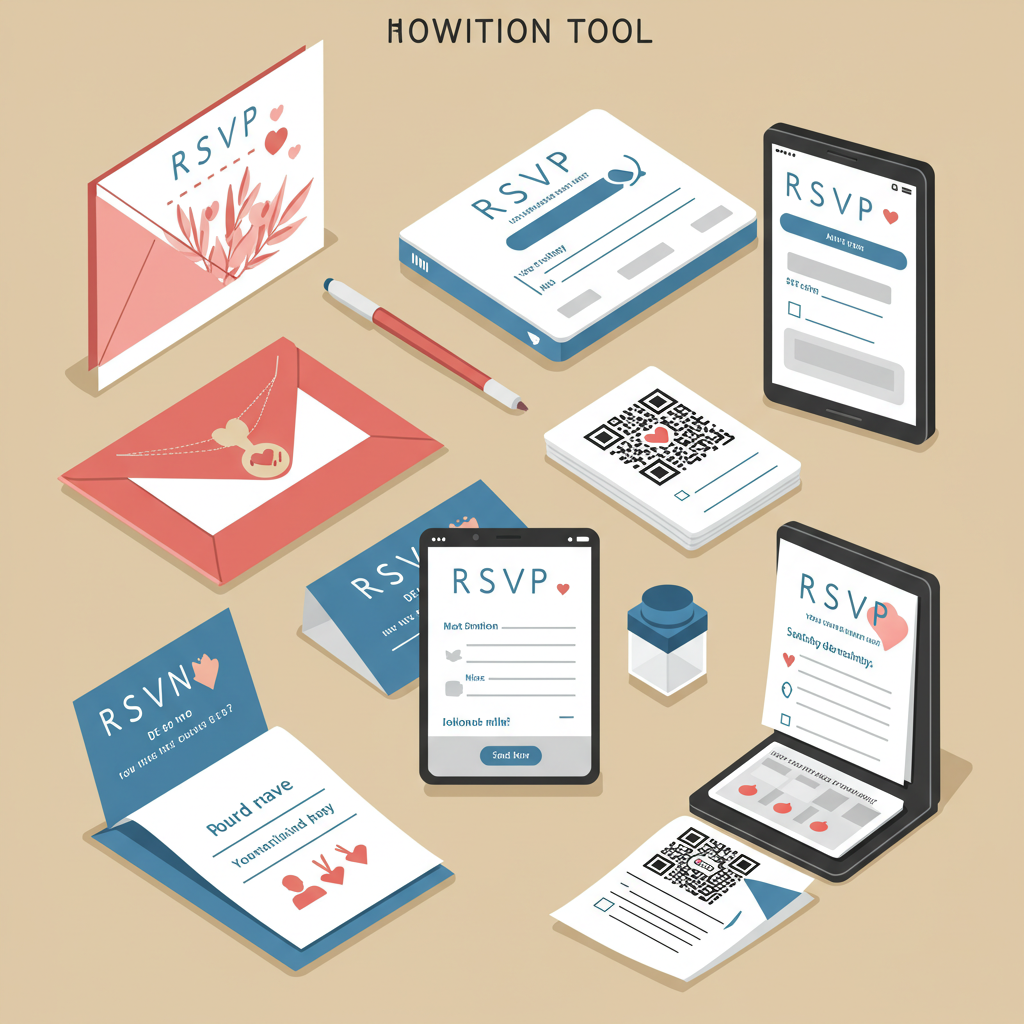

RSVP Tools: Best Options, Google RSVP Limitations & Why Text Wins
Michael PedoeemExplore the best RSVP tools, Google RSVP’s limitations, and why text RSVP is the most efficient for event planning with instant confirmations and reminders.


My School SMS: Bridging the Gap between Schools, Parents, and Students
Michael PedoeemMy School SMS - What's it all about
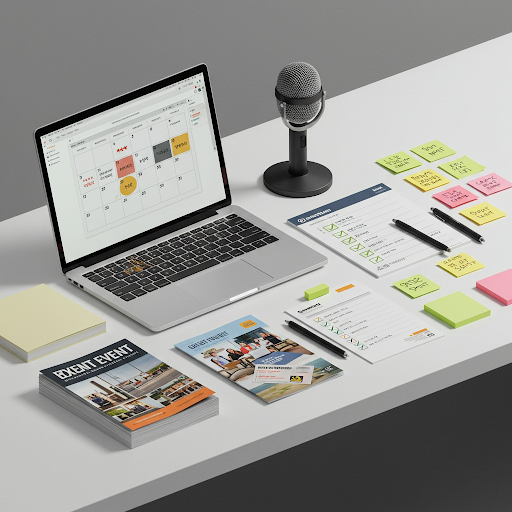

Ready to transform your community



